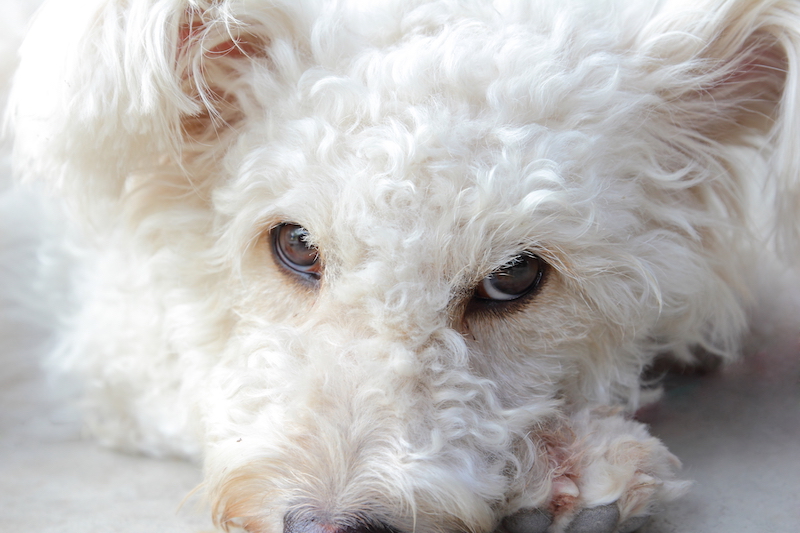Dogs have many ways of communicating, one of which is whining. Dogs generally whine when they are seeking some type of attention, if they are particularly excited or stressed, or if they are trying to please their owner.
Getting Attention: The most common reason for whining is when a dog is seeking some sort of attention. The attention being sought could be the need to be let out of the crate to relieve herself, to get a favorite toy, get a bite of whatever it is you may be eating.
Greeting: Some dogs will use whining as a form of greeting, and as a way of showing their excitement at seeing you, other people, or even other dogs.
Separation Anxiety & Stress: Some dogs, when under stress will vocalize their feelings through whining. One such situation when they are under stress is when they are experiencing separation anxiety. This type of whining will only occur right before the owner is about to leave (e.g. in the mornings for work) or in the owner’s absence. This whining is also accompanied with a variety of other signs such as frantic pacing, potentially destructive behavior (especially in the form of scratch marks on or around doors or windows), and even relieving herself indoors.
Pleasing/Appeasement Whining: Appeasement whining is typical canine behavior which has carried over since their day in the wild. In addition to whining, appeasement behavior is usually accompanied by one or more of the following: tucked tail, lowered body posture, lying on the back, folding back the ears, and avoiding eye contact. This type of whining and behavior is usually a sign of lack of confidence.
Stopping the Whining
If the whining occurs during greetings, the goal should be to teach a different behavior for when she sees or other people, or meets brand new friends or dogs. The new behavior should be taught gradually, and new people should be introduced to the training in order to truly instill it and help it replace the whining.
If the whining is a means of getting attention, then the dog needs to be taught that being quiet is a better strategy for getting attention or reward. This is yet another behavior that can be dealt with through training. By using positive and mild negative reinforcement (in the form of taking attention away), you can gradually teach a dog that if she whines she will not get any attention or receive the rewards (e.g. petting, treats, etc.) that she wants. So it is very important to not reward whining behavior, and at the same time reward her for being quiet. The success of this approach will heavily depend on you putting in the time to give your dog attention and rewards when she is being quiet.
If the whining is due to anxiety or stress, then the best way to eliminate the behavior is by eliminating the stressor. Once you have figured out what is causing the anxiety in your dog and dealing with it, the whining behavior should clear up on its own.
In certain cases you may need to consult a dog behaviorist or veterinarian to identify and resolve the problem.

